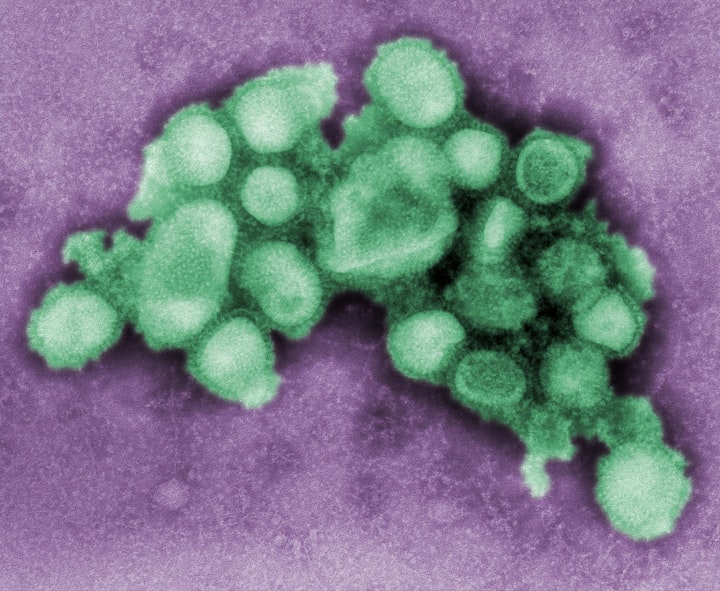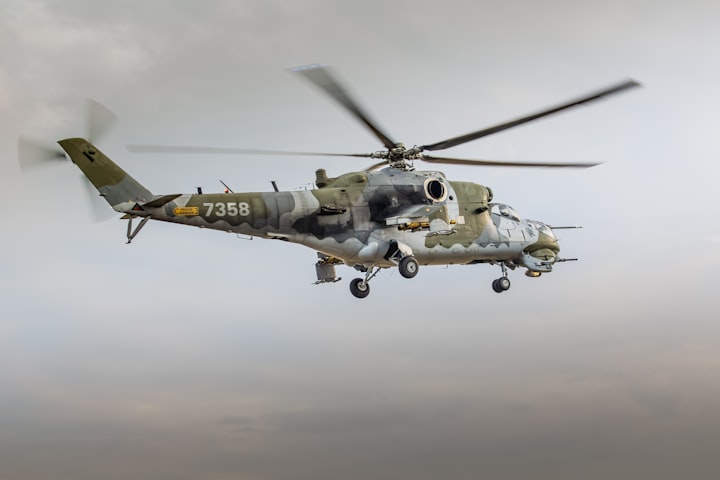Avian Influenza
Avian Influenza: Understanding the Disease, Prevention, and Control Strategies
Avian influenza, commonly known as bird flu, is a disease caused by infection with avian influenza viruses. These viruses are normally found in wild birds, including ducks, geese, swans, and storks, and domesticated birds like chickens and turkeys. Although the viruses are easily transmissible among birds, they rarely cause infections among people. However, sporadic human infections with bird flu viruses have occurred. In this article, we will provide a comprehensive overview of avian influenza, including its definition, history, causes, transmission, types, symptoms, impact on public health, preventive measures, current outbreaks, and future prospects.
Introduction
Avian influenza is a highly infectious disease that can cause severe illness and death in both birds and humans. The disease has been a major concern for public health officials and the poultry industry for many years. Understanding and addressing this disease is crucial to prevent its spread and minimize its impact.
What is Avian Influenza?
Avian influenza, or bird flu, refers to the disease caused by infection with avian (bird) influenza (flu) Type A viruses. These viruses naturally spread among wild aquatic birds worldwide and can infect domestic poultry and other bird and animal species. Avian influenza viruses are classified into different subtypes based on two proteins on the surface of the virus: hemagglutinin (H) and neuraminidase (N). There are 18 different hemagglutinin subtypes and 11 different neuraminidase subtypes. The H5N1 subtype is one of the most well-known and has caused numerous outbreaks in birds and humans.
History of Avian Influenza
Avian influenza has been a concern for many years, with major historical outbreaks occurring in different parts of the world. One of the most well-known outbreaks was the H5N1 outbreak in Hong Kong in 1997, which resulted in the culling of millions of birds and six deaths in humans. Since then, there have been numerous outbreaks in different parts of the world, including the ongoing outbreaks in 2023. Avian influenza has evolved over time, with new strains emerging and spreading to different regions.
Causes and Transmission
Avian influenza is caused by infection with avian influenza viruses. The viruses are shed in the feces, saliva, and nasal secretions of infected birds and can be transmitted through direct contact with infected birds or their secretions, as well as through contact with contaminated surfaces or materials. The viruses can also be transmitted through the air over short distances. There is a risk of transmission to humans who have close contact with infected birds or their secretions, or who consume contaminated poultry products.
Types of Avian Influenza
There are two types of avian influenza: low-pathogenic avian influenza (LPAI) and high-pathogenic avian influenza (HPAI). LPAI causes mild symptoms in birds and is not a major concern for public health. HPAI, on the other hand, causes severe illness and death in birds and can have serious public health implications. The H5N1 subtype is an example of HPAI.
Avian Influenza in Birds
Avian influenza can cause a range of symptoms in birds, including respiratory distress, decreased egg production, and death. The disease can have a significant impact on the poultry industry, with outbreaks resulting in the culling of millions of birds. Wild birds can also be affected by avian influenza, with some species acting as reservoirs for the virus.
Avian Influenza in Humans
Human infections with avian influenza viruses are rare but can be severe. Symptoms can range from mild to severe and can include fever, cough, sore throat, and difficulty breathing. In severe cases, the disease can progress to pneumonia, acute respiratory distress syndrome, and death. Human infections are most commonly associated with exposure to infected birds or their secretions, but there have been rare cases of person-to-person transmission.
Zoonotic Potential
Avian influenza has the potential to jump from birds to humans, with serious public health implications. The H5N1 subtype, in particular, has been a concern due to its high mortality rate in humans. There is also a risk of the virus mutating and becoming more easily transmissible among humans, which could lead to a pandemic.
Impact on Public Health
Avian influenza has a significant impact on public health, with outbreaks resulting in illness and death in both birds and humans. The disease can also have economic implications, particularly for the poultry industry. Preparedness and response strategies are crucial to prevent the spread of the disease and minimize its impact.
Preventive Measures
Preventive measures for avian influenza include vaccination in birds and humans, biosecurity measures in poultry farms, and international efforts to control the disease. Seasonal flu vaccination can reduce the risk of getting sick with human and bird flu viruses at the same time. Workers who have unprotected contact with infected birds are at risk of infection and should take appropriate safety measures.
Current Outbreaks
There are ongoing avian influenza outbreaks in different parts of the world, including the United States. The outbreaks have resulted in the culling of millions of birds and have raised concerns about the potential for the virus to spread to humans.
The Role of Research
Ongoing research and innovations in avian influenza research are crucial to understanding the disease and developing effective prevention and control strategies. Future prospects for controlling the disease depend on continued research and collaboration among scientists and public health officials.
Economic Impact
Avian influenza outbreaks can have significant economic implications, particularly for the poultry industry. The costs of outbreaks and containment measures can be substantial, highlighting the importance of prevention and preparedness.
Frequently Asked Questions (FAQs)
- What is the origin of avian influenza?
Avian influenza viruses are naturally found in wild birds, including ducks, geese, swans, and storks, and can infect domesticated birds like chickens and turkeys. The viruses can mutate and spread to other bird and animal species, including humans.
- Can humans get avian influenza from eating poultry?
Although rare, humans can get avian influenza from consuming contaminated poultry products. It is important to handle and cook poultry products properly to reduce the risk of infection.
- How is avian influenza diagnosed in birds?
Avian influenza can be diagnosed in birds through laboratory testing of samples from sick or dead birds. Testing can identify the specific subtype of the virus and determine whether it is low-pathogenic or high-pathogenic.
- Are there vaccines available for avian influenza?
Vaccines are available for some strains of avian influenza in birds, but there is no vaccine currently available for humans. Seasonal flu vaccination can reduce the risk of getting sick with human and bird flu viruses at the same time.
- What are the global efforts to prevent avian influenza?
International organizations and countries are working together to prevent and control avian influenza. These efforts include surveillance and early detection, rapid response to outbreaks, vaccination in birds, and public education and awareness campaigns.
Avian Influenza and Food Safety
Consumers may have concerns about consuming poultry products during outbreaks of avian influenza. It is important to follow safety guidelines to reduce the risk of infection, including:
- Properly handling and cooking poultry products.
- Avoiding contact with sick or dead birds.
- Reporting bird mortalities to authorities for investigation and testing.
Lessons from Past Outbreaks
Key takeaways from historical avian influenza outbreaks can inform current prevention and control strategies. These lessons highlight the importance of preparedness, early detection, and rapid response. Coordination between animal and public health officials is crucial to prevent the spread of the disease.
The Future of Avian Influenza
Predictions for the evolution of avian influenza suggest that the disease will continue to be a concern for public health officials and the poultry industry. Emerging threats and preparedness will be crucial to preventing the spread of the disease. Ongoing research and innovations in avian influenza research are crucial to understanding the disease and developing effective prevention and control strategies.
Global Collaboration
International organizations and countries are working together to combat avian influenza. Success stories in global collaboration highlight the importance of cooperation and coordination in preventing and controlling the disease. Adequate surveillance for the presence of avian influenza in birds allows us to know which subtypes of influenza are in circulation. It also enables us to detect the presence of viruses with a more marked zoonotic character, i.e. possibly presenting changes that can result in greater adaptability for transmission in humans, which is important for public health. Early detection also allows countries to implement rapid response actions to mitigate the risk of virus transmission to humans.
Conclusion
Avian influenza is a highly infectious disease that can have serious public health and economic implications.
About the Creator
Kavinda Kusal
Come To Know The Unknown







Comments
There are no comments for this story
Be the first to respond and start the conversation.